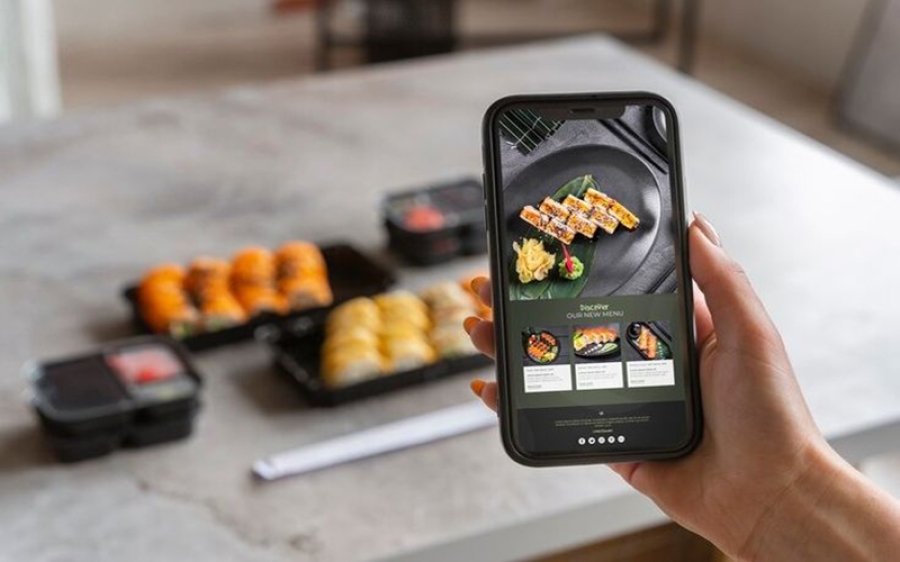Implementing QR Code Menus: Tips and Best Practices
Introduction:
As the demand for contactless solutions grows, QR code menus have become a must-have for restaurants. They offer a seamless way to enhance customer experience, streamline operations, and embrace eco-friendly practices. But how can you ensure a smooth implementation of QR code menus in your restaurant.
Here are some practices:
1. Designing a User-Friendly Menu
The first step in implementing QR code menus is creating a clean, easy-to-navigate digital menu. Avoid clutter by categorizing items logically, using high-quality images, and offering clear descriptions. A well-designed QR code menu keeps diners engaged and helps them find their desired dishes quickly.
2. Placing QR Codes Strategically
Strategic placement of QR codes is crucial. Make sure they're accessible on tables, restaurant entrances, or even outdoor signage. For takeout and delivery services, consider adding QR codes to packaging or receipts, encouraging customers to explore other menu items when they return.
3. Provide Simple Instructions
Not all customers may be familiar with scanning QR codes. Ensure that instructions are clear and visible, such as "Scan to View Menu" or "Use Your Phone Camera to Scan." Offering a quick, one-step process makes it more likely for diners to engage with your menu effortlessly.
4. Update Regularly
One of the major advantages of QR code menus is the ability to update in real-time. Use this to your benefit by featuring daily specials, seasonal items, or new dishes without needing to reprint. Keep your menu fresh and dynamic.
5. Test for Compatibility
Ensure your QR code menu works across different devices and platforms. Test it on various smartphones, operating systems, and browsers to provide a seamless experience for every customer.








